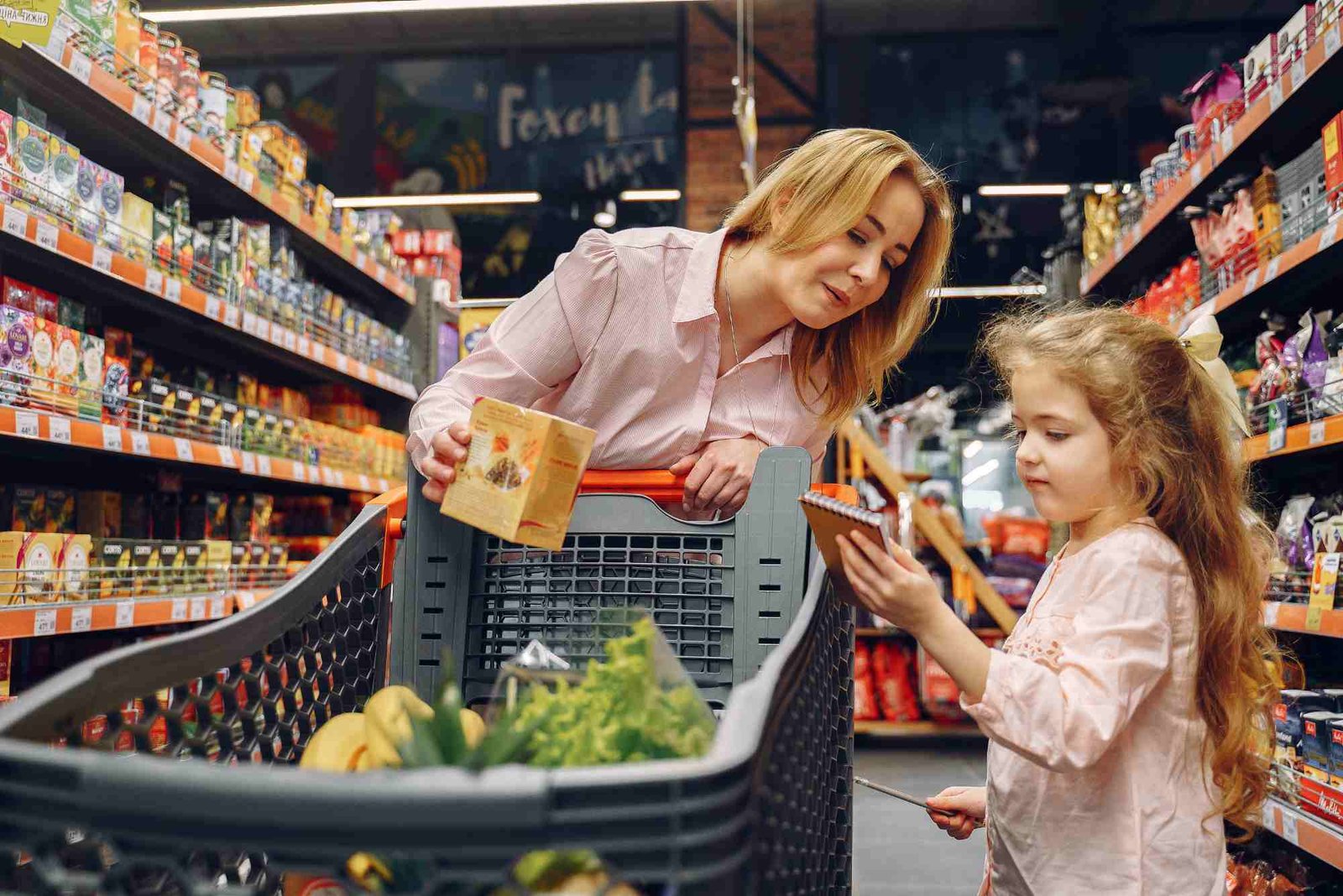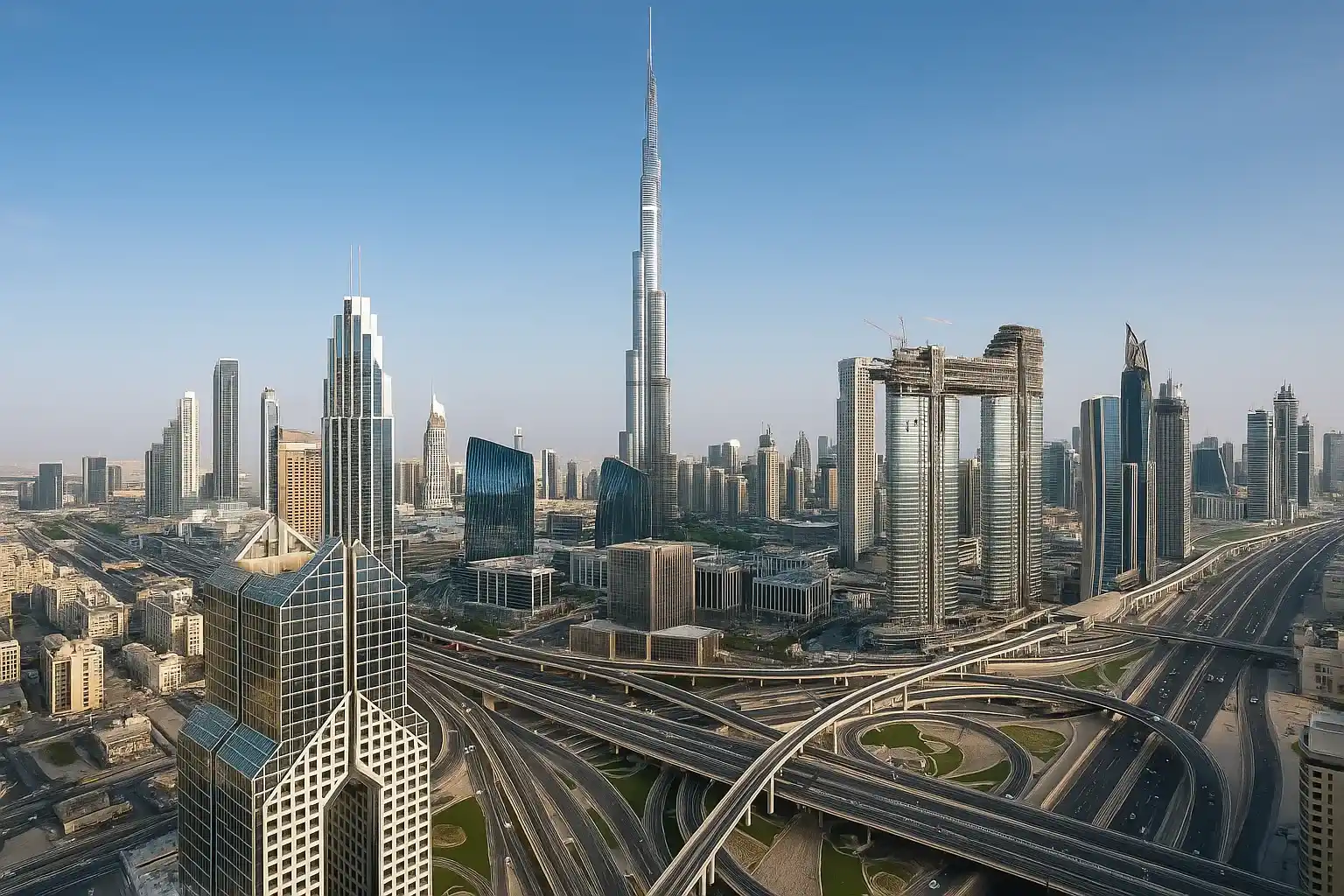There’s a common trap many founders and businesses fall into, especially when launching an app for the first time.
There is so much information on the internet that it sometimes feels like the information is bloating. Most of this information is generic, giving a sense that success on any mobile app depends solely on having:
- The most eye-catching UI
- The latest tech stack
- Or a long list of impressive features.
While those things can help and do matter, they’re only part of the equation.
Many of Dubai’s most successful apps didn’t launch with the best of features or over-the-top design. They were not always like what we see them today – a perfect version of their initial one. So, what did they do? They had something far more important:
A clear understanding of the people they were building for and a business model rooted in real-world needs.
So, before you get all into design mockups or listing the features, it’s very important to take a step back and explore what any experienced mobile app development in Dubai could do to drive mobile app success. This gets even more important when you’re planning for your app to be used in a fast-paced, diverse, and experience-driven market like Dubai.
First, Let’s Bust a Few Common Myths
Myth #1:
“If the app looks good, it will sell itself.”
What is the truth? There is no doubt that a Good design matters, but only after you’ve nailed the real problem you’re solving. We’ve seen stunning apps that got 5-star UI reviews but 1-star engagement.
Why?
The chances are that when people open the app, they eventually feel like “Okay, now what?”
Myth #2:
“More features = more downloads.”
This is very far from reality. This might sound like a deal that having more features adds up to the app’s success, but it often just means more confusion. Successful apps in Dubai like Careem or Talabat didn’t try to do everything on day one. What they did was they started small, doing one thing really, really well at once and then built from there.
Myth #3:
“If it worked abroad, it’ll work here.”
Just because something solves a real pain point for one audience doesn’t mean it’ll work the same way everywhere. If we talk about the Dubai market, it’s a different game here. The lifestyle, expectations, language mix, and even payment behaviors are of their kind here. You can’t just copy-paste an idea from Silicon Valley and expect it to be a success here.
So What Actually Makes a Mobile App Succeed in Dubai?
The answer comes down to two things:
- Consumer-Centric Qualities
- Business-Centric Qualities
And let’s review in detail what these 2 factors actually are:
1. Consumer-Centric Qualities
This is where most apps either win big or crash and burn. The best apps in Dubai are the ones that get people, make their lives easier, and provide them with something that they are more than happy to use. These apps must know the daily struggles, habits, and expectations of their audience and are designed around those.
Here’s what this looks like in real life:
a. Built for the real user, not a fantasy one.
You’re not building for “a user persona.” You’re building for Fatima, who’s juggling two jobs, or Arif, who’s trying to send money home during his lunch break. Your app needs to fit into their world, not force them into yours.
Careem nailed this. It didn’t just launch as another ride-hailing app. It localized its experience by offering Arabic support, local payment options, and even scheduled rides during Ramadan. That’s consumer-first thinking.
b. It’s fast, friendly, and doesn’t make people think.
Nobody in Dubai has time to figure out complicated flows. The best apps here feel effortless. You tap, and it works. You need help, there’s a chatbot or a human ready. Whether you’re booking a cleaning service or ordering groceries, it just works.
c. Built with bilingual comfort.
If your app doesn’t work seamlessly in both Arabic and English, you’re cutting your potential in half. It’s not just about translation, it’s about cultural ease. Talabat and Noon both crushed it here by offering smooth, native-feeling experiences in both languages.
2. Business-Centric Qualities
Once you’ve got the user experience right, it’s time to make sure your app also makes business sense. Some of the most beautiful apps I’ve seen failed because they had no monetization plan, no operational roadmap, and no real value engine.
Here’s how the best in Dubai keep their apps not just alive—but thriving:
a. Clear problem → clear value → clear money flow.
Every successful app answers one question:
How do we bring value, and how do we capture value?
Delivery apps make it through commissions. Fitness apps might charge subscriptions. Expat-focused services thrive through freemium upgrades. If you’re not sure where the money will come from, don’t launch yet.
b. Partnerships matter. A lot.
Dubai is a city of collaboration. The biggest apps here aren’t working in isolation, they’re teaming up with local brands, restaurants, banks, and even government bodies. Whether it’s Washmen’s laundry app syncing with local delivery partners or Careem launching micro-mobility with RTA support, who you work with is just as important as what you build.
c. Built to adapt, not just launch.
The market here changes fast. A good app isn’t frozen in version 1.0. It grows, adapts, and listens to real user feedback. Apps like Deliveroo and NowNow didn’t stay in their launch form, they iterated based on what people actually wanted.
This is where partnering with an experienced app development agency in Dubai really helps. They’ve seen the trends, the failures, and the pivots and can help you build something future-ready from day one.
Conclusion:
After all this discussion, you might have already understood that the secret to building the next big thing in Dubai isn’t buried in the latest tech blog or some fancy new framework. It’s in how well you understand your audience and how clearly you’ve built a business that serves them and sustains itself.
The next time someone tells you that your app needs “just one more feature,” pause and ask:
“Does this actually help someone live, work, or move better in this city?”
Because once you build with the people of Dubai in mind – real people, with real needs and real routines – that’s when the magic starts.




